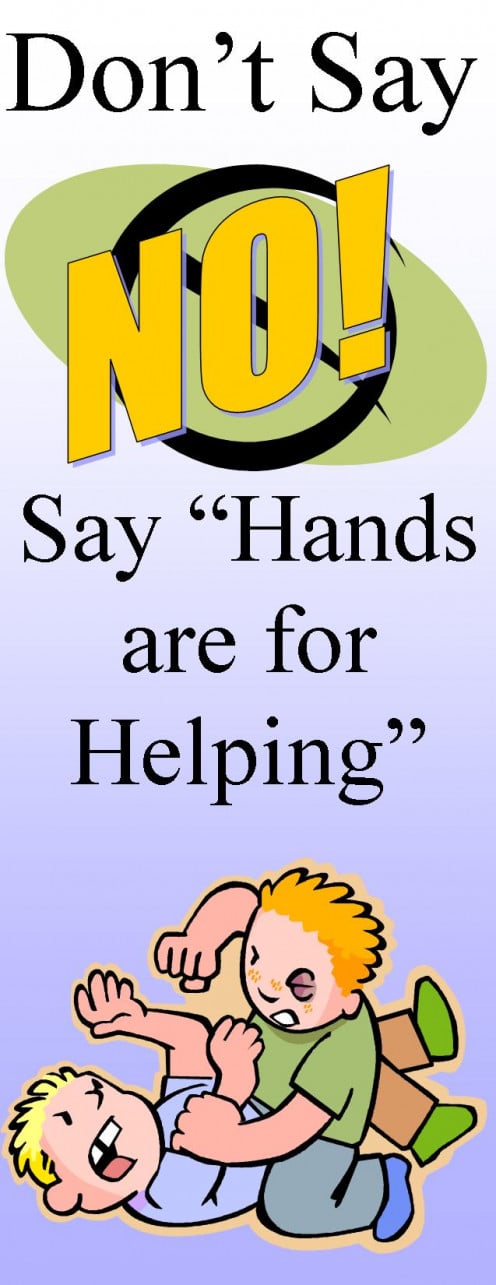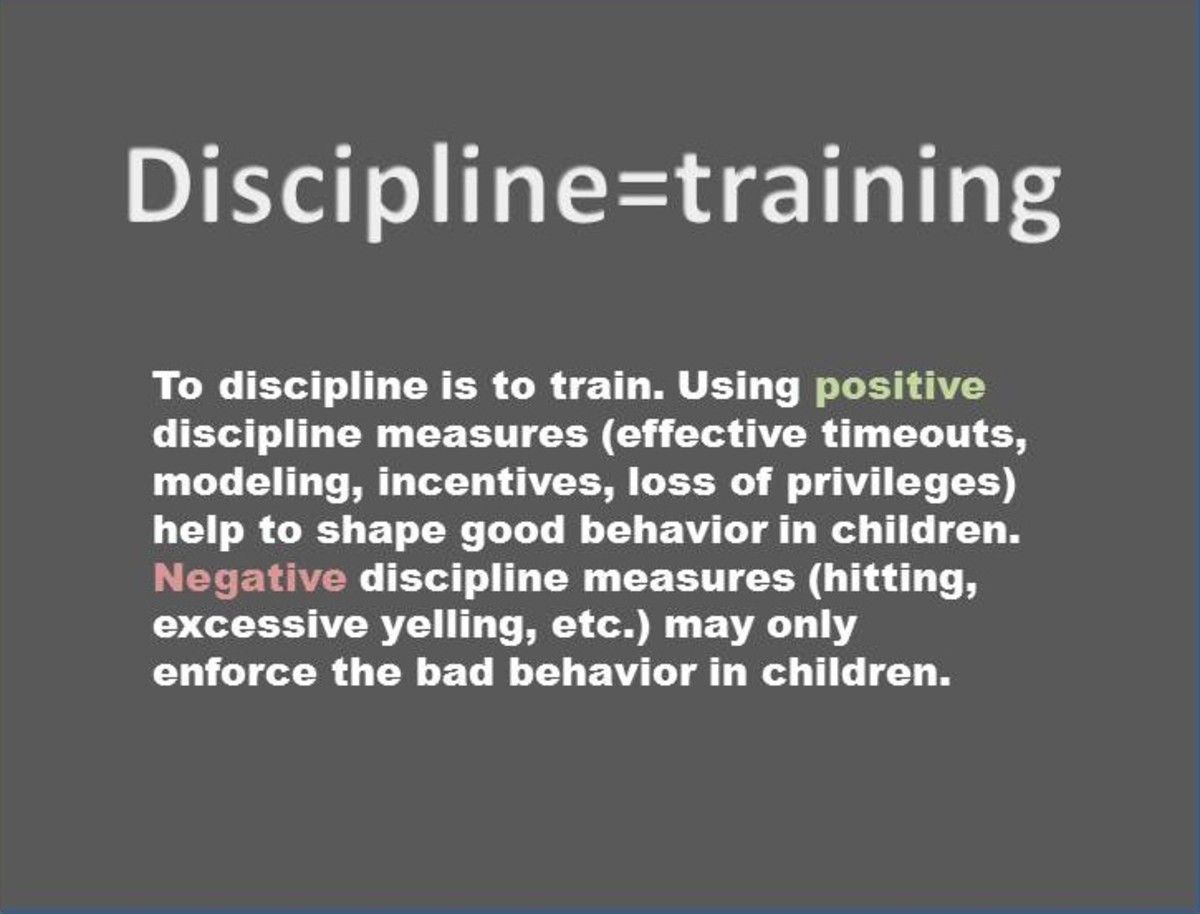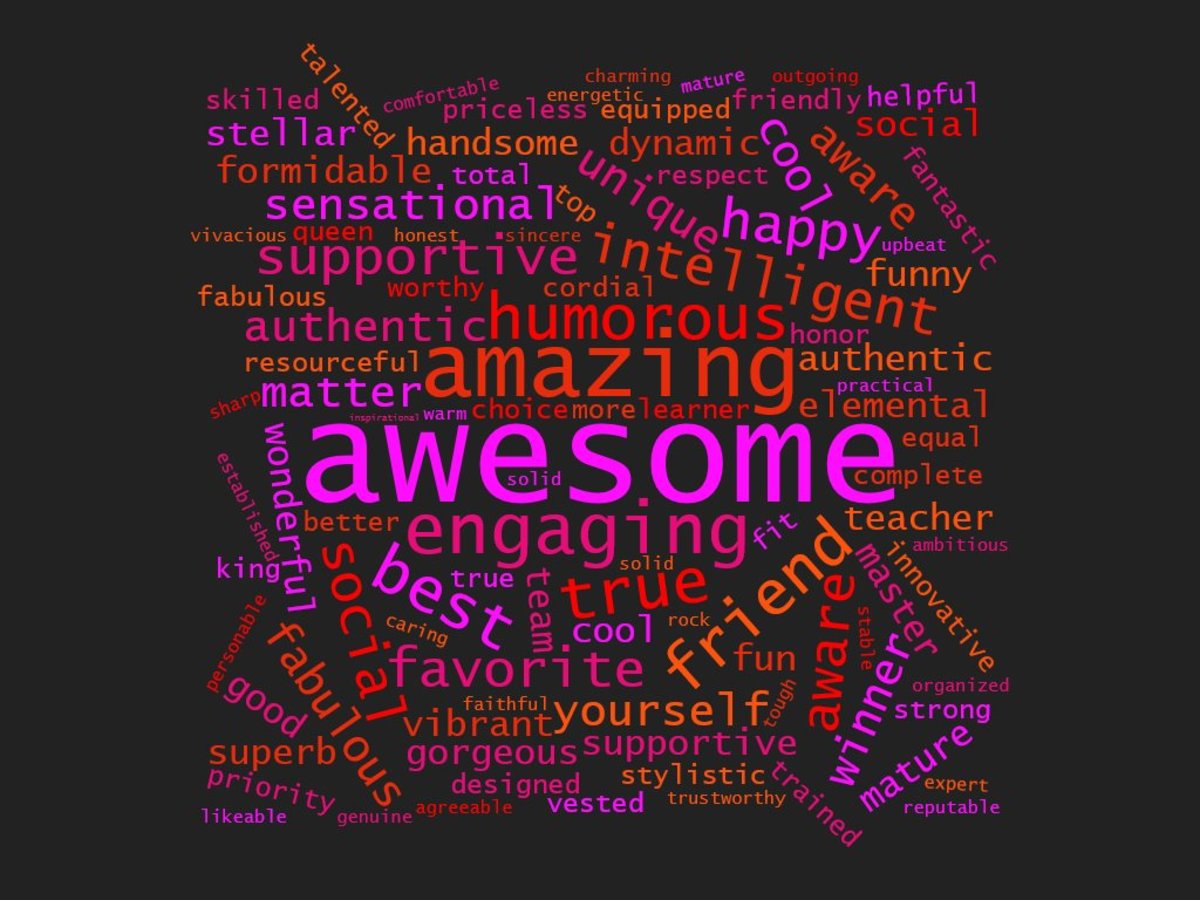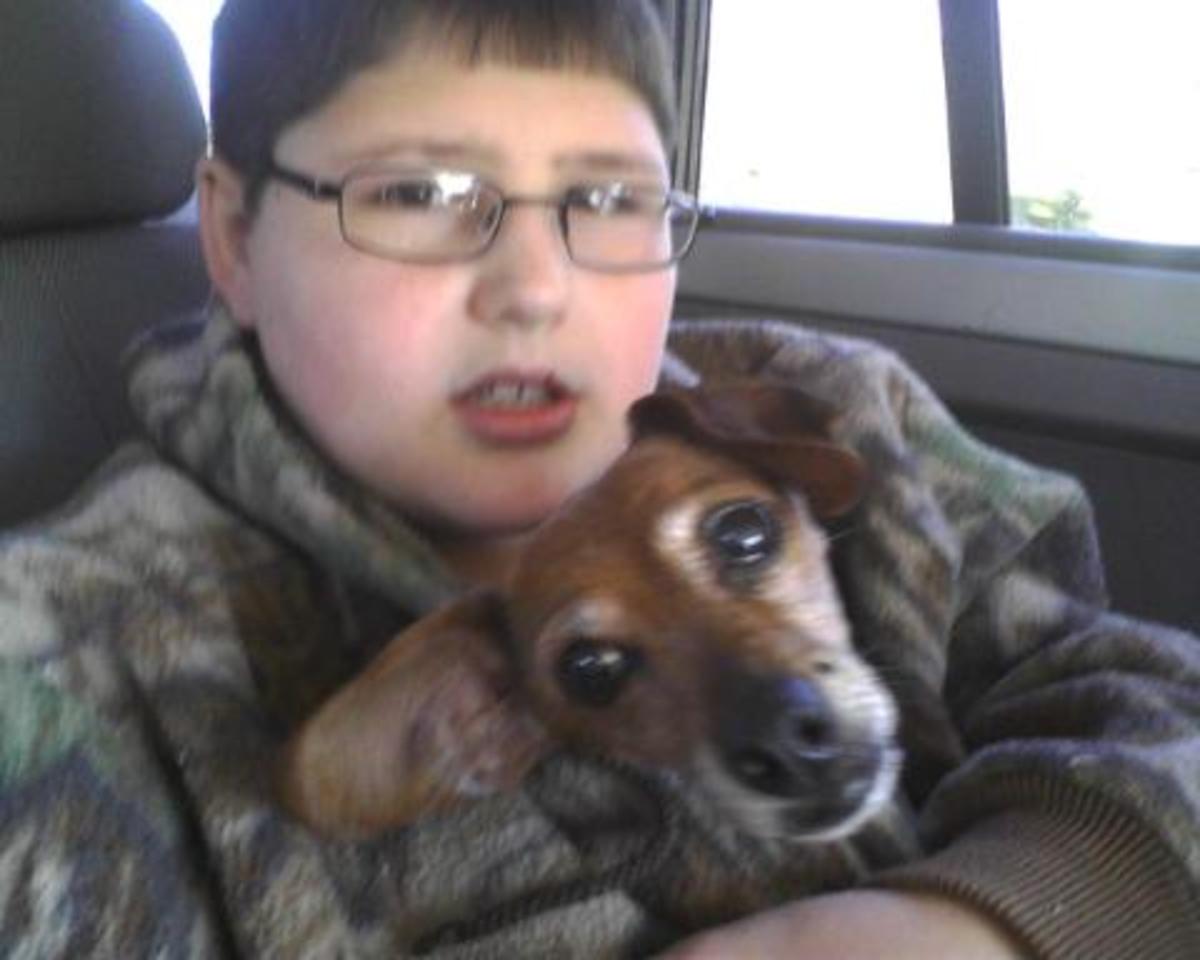- HubPages»
- Family and Parenting»
- Parenting Skills, Styles & Advice»
- Parenting Advice & Tips
How to Avoid a Power Struggle with Kids: How to Say No
Setting Limits with Kids Without Saying "No"
When kids get old enough to understand the word no, they are old enough to tantrum when they hear it. Anyone who has experienced saying no to kids knows that the word no becomes a trigger for acting out. Finding an alternative to the word no can help you create less adversarial interactions with kids.
Usually there are options that allow a parent or care giver to use other words to set limits with kids besides the word no. Unfortunately habits of language have been built over years for most adults, so changing verbal intervention styles can take some time. Identifying the common problems with using the word no as well as the variety of alternatives that may work better is the beginning of improvement.
What is Wrong with Saying No to Kids?
- No Options: When kids hear no, they don't hear options. Kids have a short attention span like most adults, and tend to focus on the first words that come out of people's mouths.
- No Explanation: We've all heard the proverbial, "because I said so." When a parent or caregiver says "no," there is a tendency to fail at explaining the reason for the answer. In this regard the word no becomes rigid and cold.
- No Learning: The word no lacks an invitation for learning the way other limit setting forces a person to learn to make a decision.
- No Further Discussion: The word no has the goal of compliance without questioning. Encouraging further discussion with kids encourages improved communication and negotiation skills.
- No Grey Area: As kids get older, they develop the ability to think in more complex and abstract ways. If a person thinks in absolutes such as yes and no, an opportunity to evaluate in balanced ways is lost.
How to Say No to Kids

1. Say Yes and Give Options
The most simple way to avoid saying no to a child is by saying yes. This is not to say you let your kid do anything anytime. This would result in a spoiled child. When you say yes, make sure to give two options that you are willing to follow through with whether your child chooses either option. It's best to give the desirable option first, since kids focus on what is heard first, if you are going to give a positive and negative consequence choice.
Kid: "Can I have a cookie?"
Parent: "Yes, you may have a cookie now or after lunch. Which do you choose?"
2. Say No, but Explain Why
Sometimes no must be said for the sake of safety or any other non-negotiable reason. In this case, saying no is no problem as long as a good explanation is given. Generally a "No, because..." works much better than a simple "no." Explanations allow the person being told no to feel worthy of an explanation, avoiding feelings of being talked down to.
Kid: "Can I go swimming"
Parent: "No, I'm not able to watch you swim right now because I'm busy, but I will be done with my work in an hour. Could you wait to go swimming when I am able to watch you and make sure you are safe?"
3. Ask a Question
The word no may neglect to allow for useful discussion and mutual understanding. Socrates knew that asking questions lead to more learning than simple lecturing. As a great thinker and philosopher he asked questions until understanding and wisdom was the result. This is a great alternative to saying no.
Kid: "Can my friend spend the night tonight?"
Parent: "It's Tuesday night tonight and you'll have to get up early for school tomorrow. That means you'll only have a couple hours to play before you have to go to bed. Would you rather have your friend over on the weekend instead?"
4. Empathize with Kids
Sometimes the word no isn't as much of the problem for the kid as his perception that the adult is not listening or understanding what he wants. A simple empathic response, showing an understanding of how the child feels, can help a parent avoid an adversarial position.
Kid: "Buy me that toy mommy."
Parent: "I understand that I have bought you toys in the past when we've come to Target, and this has become something that you expect each time we come, but this time we are only here to buy charcoal for the grill so we can have dinner. I would like to look around and buy other things too, but we aren't going to be able to do that today."
5. Explain the Appropriate Context
Not everything is black or white. Many decisions have consequences that must be weighed when making a decision. Explaining the appropriate context for a behavior is a good way to avoid saying no and creating black and white thinking. For example, telling a child "no hitting" or "no lying" becomes difficult to understand when there are exceptions. Give an explanation of the few exceptions when these behaviors are acceptable.
Kid: Hits another kid (it's tempting to say "no hitting)
Parent: "Hands are for helping ourselves and our friends. High fives and pats on the back are a nice ways of hitting others. Could you give your friend a high five?"
Conclusion about Saying No to Kids
In conclusion, kids are easily triggered by hearing no for several reasons. They may have been conditioned to respond negatively because of the way the word no has been used. They may not hear much after the word no because they focus on the first thing said. Or, they may not see any possibility of negotiation with adults resulting in feelings of inferiority and loss of power. Some children may have been bullied by an adult who used the word "no" often.
In any case, the word no is not the problem. The attitude and interest of the adult saying no is likely the source of conflict, or a traumatic event has occurred in the child's history creating a reaction to the word no. As you become more aware and empathize with the feelings of the child, you will find yourself willing to explain, question, and give options more often. Then your child will have no problem hearing you because he will know you care.
About the Author, Blake Flannery
Blake Flannery works with youth stabilizing from crisis events on a behavioral health services inpatient hospital unit. He has learned these techniques from various sources and wants to share these ideas with others to give parents and caregivers options for limit setting that are respectful and non-adversarial toward kids.








